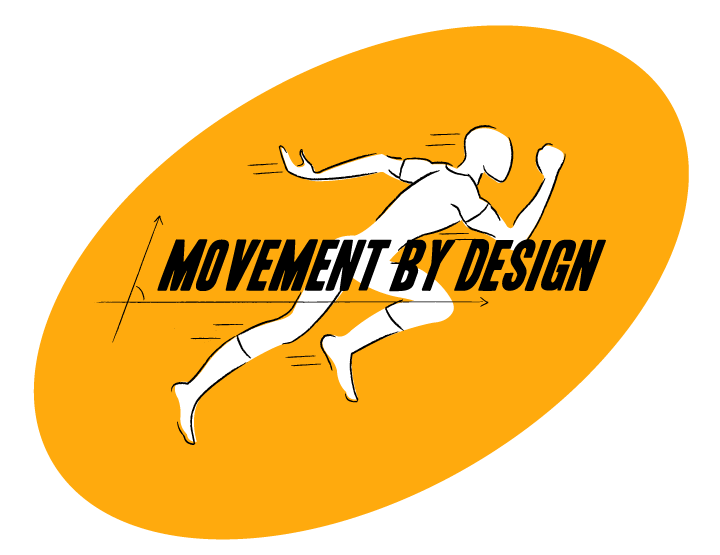Types of Taping
- Kinesiology Taping:
- Elastic and flexible tape designed to mimic the skin's natural elasticity.
- Allows for movement while providing support.
- Athletic/Rigid Taping:
- Non-elastic tape used to immobilize joints and provide firm support.
- Commonly used during acute injury phases.
Benefits of Taping
- Injury Prevention:
- Supports weak or vulnerable joints and muscles during physical activity.
- Reduces the risk of sprains, strains, and overuse injuries.
- Pain Relief:
- Alleviates discomfort by reducing pressure on inflamed or injured tissues.
- Stimulates sensory receptors to modulate pain signals.
- Improved Circulation:
- Kinesiology tape lifts the skin slightly, enhancing blood flow and lymphatic drainage.
- Reduces swelling and promotes faster healing.
- Enhanced Muscle Function:
- Supports proper muscle activation and reduces fatigue.
- Improves joint alignment and movement patterns.
- Postural Support:
- Corrects imbalances and encourages proper posture.
- Beneficial for individuals with rounded shoulders or forward head posture.
- Rehabilitation Aid:
- Supports injured areas while allowing a safe range of motion.
- Speeds recovery during the rehabilitation phase.
Common Applications
- Sports Injuries: Stabilizing ankles, knees, and shoulders during athletic activities.
- Post-Surgical Recovery: Supporting tissues during the healing process.
- Chronic Pain Conditions: Alleviating symptoms of conditions like plantar fasciitis or tennis elbow.
- Postural Correction: Addressing muscular imbalances and postural issues.
Taping is a versatile and effective tool for injury management, recovery, and performance enhancement. When applied correctly by a trained professional, it can make a significant difference in pain relief, mobility, and overall function.

